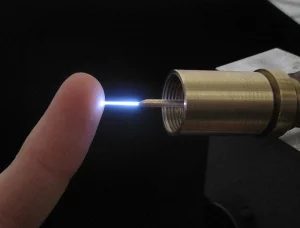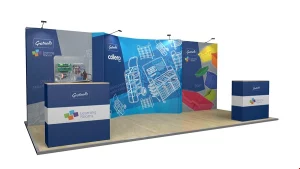In the quest for steel production optimization, understanding plasma torch systems is vital. To boost efficiency and cut costs, implementing software-driven plasma torch systems is key. These systems, powered by advanced technology, excel in precise and productive cutting operations. Discover the efficacy of software-driven torch systems and their seamless integration into existing processes, unlocking the transformative potential for steel manufacturers.
Key Takeaways
- Plasma torch systems create high-temperature plasma arcs sustained by continuous gas flow, facilitating precise control in the cutting process.
- Inconsistencies in raw material quality, insufficient torch maintenance, and subpar gas flow rates hinder efficiency and precision in steel production.
- Software-driven torch systems improve precision and accuracy in cutting, increase productivity, and reduce time and waste.
- Automation in steel production reduces production time and costs, minimizes manual intervention, and optimizes cutting parameters.
- Advanced technology optimizes steel quality, improves production processes, and ensures peak performance in steel production.
Understanding Plasma Torch Systems Fundamentals
The fundamental principles of plasma torch systems involve the creation of a high-temperature plasma arc, which is sustained by a continuous flow of gas, typically compressed air or nitrogen, and an electrical discharge that ionizes the gas, generating a plasma field. This process facilitates precise control over the cutting process, ensuring peak performance and efficiency in steel production.
Common Challenges in Steel Production
Inconsistencies in raw material quality, insufficient torch maintenance, and subpar gas flow rates are among the common obstacles that can hinder the efficiency and precision of steel production, thereby necessitating the implementation of advanced plasma torch systems. Understanding Plasma Torch Systems is essential in overcoming these challenges, ensuring peak performance and quality in steel production.
Streamlining Production With Automation
Implementing automation in plasma torch systems empowers steel producers to significantly reduce production time and costs by minimizing manual intervention and optimizing cutting parameters. This results in improved production efficiency and reduced labor costs.
- Improved precision and accuracy in cutting processes
- Increased productivity and reduced production time
- Optimized material yield and reduced waste
- Real-time monitoring and data analysis capabilities
- Integration with existing manufacturing systems for seamless operation

Frequently Asked Questions
Can Plasma Torch Systems Be Used for Non-Ferrous Metal Cutting?
Yes, plasma torch systems can be effectively utilized for non-ferrous metal cutting, offering precise management and clean cuts, particularly in applications involving aluminum, copper, and other non-ferrous alloys.
How Do Software-Driven Torch Systems Handle Varying Steel Alloy Compositions?
Software-driven plasma torch systems utilize advanced algorithms to optimize cutting parameters based on steel alloy compositions, ensuring precise control and adaptability to varying material properties, resulting in improved cutting quality and reduced processing times.
What Safety Features Are Built Into Modern Plasma Torch Systems?
Modern plasma torch systems incorporate advanced safety features, including automatic shut-down, thermal overload protection, and advanced gas flow monitoring, ensuring a safe and controlled cutting environment that minimizes operator risk and reduces downtime.
Can Plasma Torch Systems Be Integrated With Existing Steel Production Lines?
Plasma torch systems can seamlessly integrate with existing steel production lines, leveraging advanced software-driven technology to optimize production efficiency, improve product quality, and reduce operational costs.’
Do Software-Driven Plasma Torch Systems Require Specialized Operator Training?
Software-driven plasma torch systems necessitate specialized operator training to guarantee peak performance, safety, and quality control, as operators must understand the intricate software interfaces and plasma-cutting processes to maximize efficiency and productivity.
Conclusion
To sum up, software-driven plasma torch systems revolutionize steel production by enhancing precision, accuracy, and productivity. By automating cutting operations, manufacturers can minimize manual intervention, optimize cutting parameters, and reduce production time and costs. Real-time monitoring and data analysis facilitate optimized material yield, reduced waste, and improved steel quality. The integration of these systems with existing manufacturing processes streamlines production, leading to increased efficiency and competitiveness in the steel industry.
You May Also Like:

